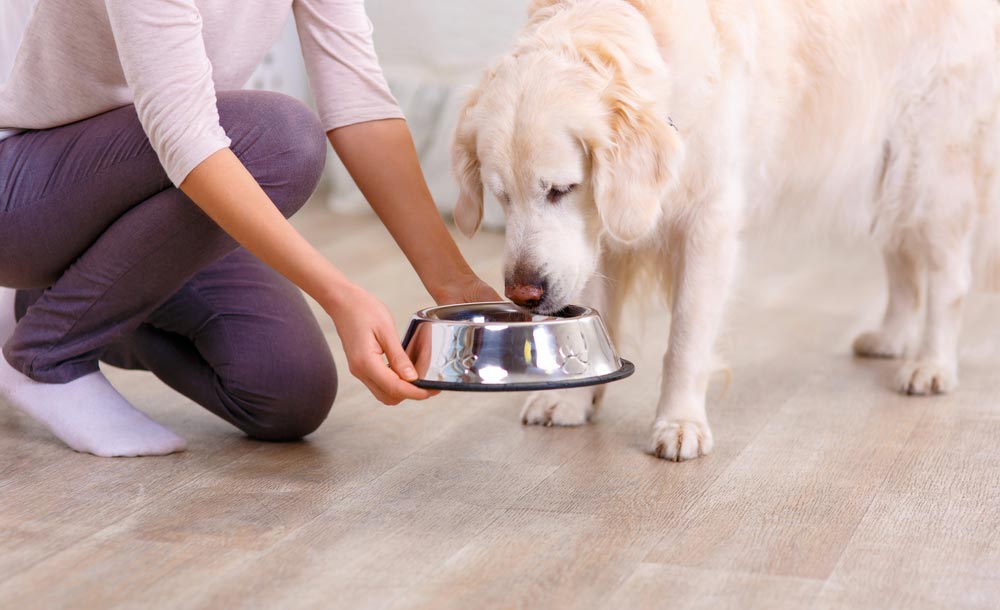
If you have a new puppy coming into your home or are thinking about it, then it’s important to understand a young dog’s nutritional needs. Whether your new canine companion is coming from a breeder or a rescue, you will need to know what the most nutritious food for them is and specifically how much to feed them.
The dog food section of a pet store is usually large and confusing with rows of bags, cans, and packages of different sizes and colors. There are several different brands for different ages, breeds, and lifestyles. Some foods also account for medical conditions both current and potential. It is a lot to sort through.
If you do your research and talk to your puppy’s veterinarian about their nutritional needs, you can narrow the field of choices down to one that is the most suitable for your new puppy. Once you have a food choice sorted out, then you can move forward with how much food your new canine pal will need on a daily basis.
Contents
Understanding Puppy Nutritional Needs
The reason you need to have a good understanding of the calories your puppy requires each day is its impact on their long term health. There is a need to sift out all the bad information from the good. Almost 80% of all puppy feeding suggestions online and in pet stores are incorrect, so it takes a bit of digging to figure out what your puppy really needs when it comes to correct food portions.
Unlike adult dogs, a puppy’s weight changes rapidly due to their growth, so their caloric and nutrition requirements are different than full grown dogs, and itneeds adjusting through their first year of life.
Most adult dogs are fed based on their lifestyle, activity level, body weight, and health concerns. Puppies, however, are not quite as set in their nutrition and calorie levels. Puppies need to adjust their calorie intake as they grow with some numerical stability from approximately six months of age until they are a year old but before and after will have a much bigger variance.
First Steps in Figuring Out Food Portions
The first step in figuring out nutrition is predicting your puppy’spotential adult weight. If you cannot find a rough estimate that you agree with,then check with your pup’s veterinarian as they have a good handle on that kind of information.
Begin to discern their size and how they will grow. Dog breeds are categorized into different sizes which have different ranges of weight:
- Giant –75-120+ lbs
- Large – 55-85 lbs
- Medium – 35-65 lbs
- Small – 7-35 lbs
- Toy – 2-9 lbs
There are other breed sizes like “Teacup” and “Royal,” but they will fall into the set range of these other categories.
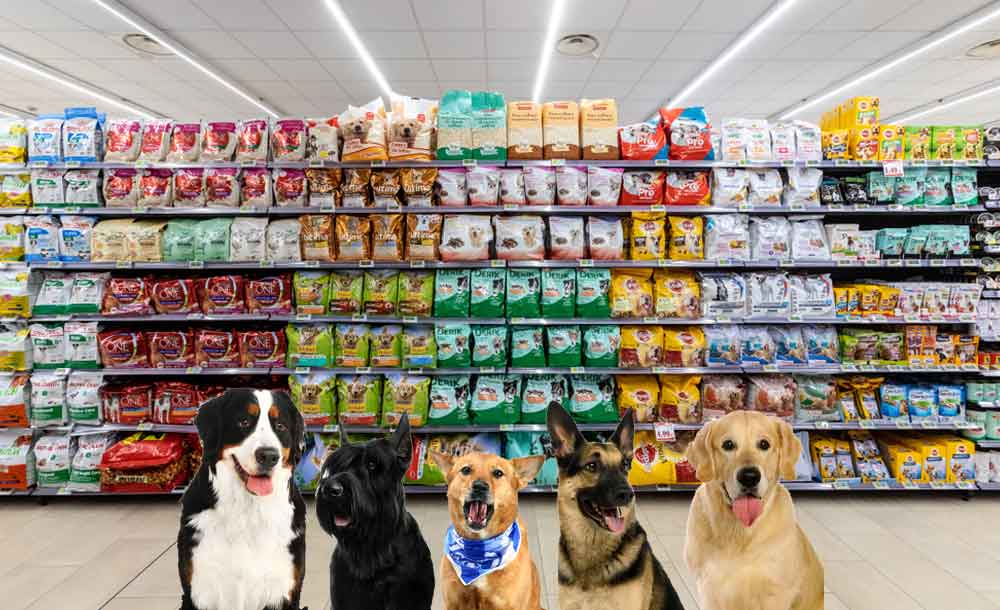
Once you know which category your breed fits into then, you can narrow down the weight even farther by looking at breed weight tables as well which will highlight male and female potential weights. Below are some basic examples you can find. They will look something like this:
| Breed | Avg. Adult Weight | |
| Male | Female | |
| Airedale Terrier | 7-9 lbs | 7-9 lbs |
| Akita | 85-130 lbs | 65-110 lbs |
| Basset Hound | 40-60 lbs | 40-60 lbs |
| Beagle | 18-30 lbs | 18-30 lbs |
| Cane Corso | 99-110 lbs | 88-99 lb |
| Chihuahua | 3-8 lbs | 3-8 lbs |
| Great Dane | 130-180 lbs | 100-150 lbs |
| Newfoundland | 130-150 lbs | 100-120 lbs |
| Poodle (standard) | 45-65 lbs | 45-65 lbs |
| Yorkshire Terrier (Yorkie) | 5-7 lbs | 5-7 lbs |
Following up on these charts that show size and breed weight, if you know who your puppy’smom and dad are, you can also use that to help estimate their adult weight as wellas through genetics. The reason these numbers are important is that your puppy should be 2/3 – ¾ of their adult weight at 24 weeks. This estimate gives you a guide to their actual caloric need based on these totals.
It should be assumed that your puppy needs 70 calories per pound as they grow into adulthood. Estimated adult size will give you an estimated caloric benchmark for six months into adulthood.
Calories Based on Food Type
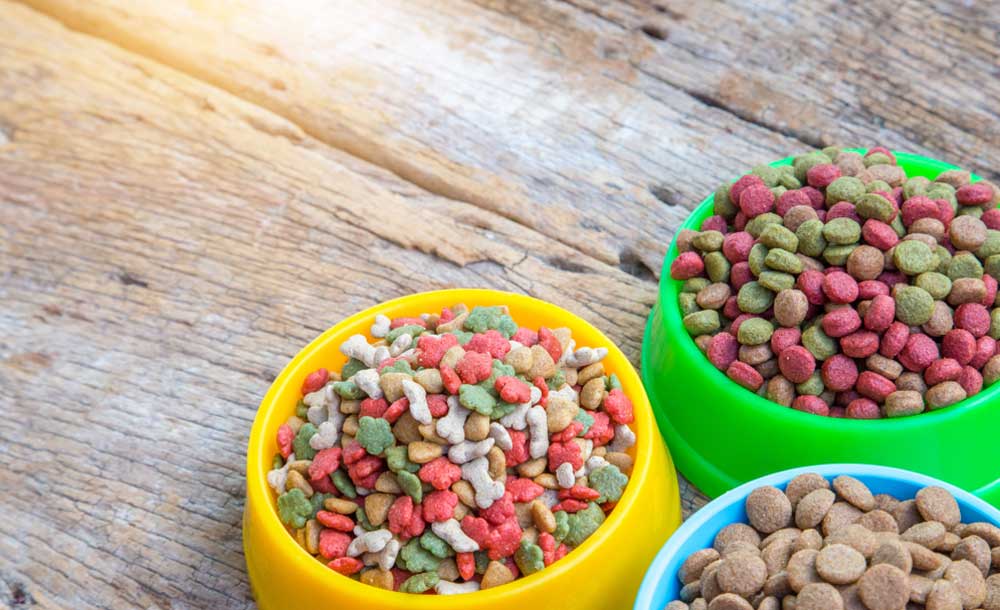
Once you have an estimate on your puppy’s potential adult weight and required calories, then you move on to deciding on the types of food you will be offering them. There are caloric differences between wet, dry and fresh. Kibble should have carbohydrates and protein at 3.5 calories per gram and fat at 8.5. However, fresh food should be gauged as humans do with carbs and proteins at four calories per gram and fat at nine.
In simpler terms, if you feed your puppy the same amount of fresh as you wouldkibble, they are going to gain too much weight. Therefore, you need to understand each product and know its nutritional content so you can feed your puppy the right calories based on their current and potential weight. One cup of wet food does not have the same caloric content as dry or fresh food.
Wet Foods
Wet or semi-moist food is generally more expensive than dry food, but less is needed per meal as the calories are denser than dry food. Most dogs seem to prefer wet food and usually tend to enjoy it more when compared to dry.
Wet food can be used in conjunction with kibble to give your puppies dry meal more flavor, but this needs to be accounted for calorically when you are gauging how many calories they should be ingesting.
An example of quality wet food can be found in Merrick Classic Grain Puppy Plate This recipe has excellent nutritional content and lists weight/calorie needs on the can going from ¾ can (341 calories) for 3lbs of puppy all the way to 5 cans for a 40lb puppy (1935 calories) per day. This latter suggestion of 5 cans may seem high, but puppies need approximately double the calories of adult dogs due to growth speed and both mental and physical development.
Canidae Grain Free Pure Foundations for Puppies is another quality wet food that can be offered to your puppy as it offers a limited ingredient diet. Not too many items to bother their stomachs, less chance of an allergic reaction to ingredients,and it has high-quality protein to help them grow.
This puppy food contains chicken, liver, peas and sweet potato, all which are healthy and nutritious. Both these products give estimates in amounts to be fed, but these numberswill not be exact for all puppies so make sure you do not overfeed and adjust as you need to. You must use your judgment as well as watch how your puppy grows and gains weight. Like humans, they will all have metabolisms that differ slightly.
Dry Foods
Dry food, also called kibble, is cheaper than wet food. You can measure out your puppy’s meal portion and then moisten it with water or add a little wet food. Puppies should get wet food-or at least some moistened dry food- if they are being weaned from their mom or bottles.
To know how much dry food they need, figure out their estimated adult weight, find theirestimated daily caloric needswhich will increase over time, and then read the food product list for calories per serving. Things to consider when working out food based on your puppy’s weight:
- Dry has about 3.5-4.5 calories per gram or 350-450 calories each cup
- Less calorie dense then wet food
- Can be calorie-rich, so size portions are often too big when given – don’t free pour
- Some puppies may need food with more fiber and lower calories, so they are not feeling hungry
Some good suggestions are:
Blue Buffalo Life Protection Formula for Small Breeds is a product that offers am excellent nutritional foundation for your puppy. Small size does not mean small nutrition. It’s nutrient-rich with real meats as the primary protein and first on the ingredient list. Blue Buffalo includes what they call Super 7 ingredients that have antioxidants. The recipe has healthy carbohydrates along with vitamins and minerals for your young dog.
Hills Science Diet Puppy Large Breed Chicken Meal & Oat Recipe is a nutritionally balanced product and is great for your new larger puppy. It is produced in small pieces of chicken and oats. This smaller size helps with the chewing and the processing of the food while they are growing. This recipe has all the nutrients needed for digestive and skeletal health as well. It has vitamins C and E to help with immune health while also supporting a healthy skin and coat.
Fresh Foods
Fresh food is the ultimate nutrition for your puppy according to many veterinarians but can be very time consuming when it comes to the preparation.If you choose fresh, your puppy will need less fresh compared to wet or dry simply because it is much easier to digest, and nutrients absorb into the puppy’s body at a much better rate.
Feeding Schedules
They will get more nutrients and energy with less food. However, you must be wary about the recipe you go with. You must make sure each nutritional need is met with whatever content you have. It’s very easy to miss something, and then your puppy has issues due to lacking certain nutritional requirements such as calcium and L-Lysine.
The First 3 Months
Your puppy will grow quickly in the first three months of life. They should be with their mother until they are at least eightweeks old; however, thebest-case scenario is twelve weeks old. They usually do not have solid food until they are weaned but can try it by the time they are three weeks old.
Dogs as puppies are often aware if they are full so you do not need to measure out their solid food. There is also no specific calorie intake as their body can tell them what they need. They can have their food put out, and they can graze as they feel if they are hungry.
If you are not comfortable with the option of grazing or are concerned about overfeeding, then make sure you offer them a meal at least four times per day to make sure they get enough food that they are not hungry and lacking the appropriate nutrients.
Months 4-6
Once your puppy reaches four months of age, they can feed three times a day. This is the time you need to watch for overfeeding, especially with large breed dogs. Any dog that is predisposed to joint issues does not need extra weight on them.
You should also make sure that your puppy isgaining the appropriate amount of weight as well at this stage.If they are not, then there could be other medical issues that need to be addressed such as parasites.
Months 6-12
This is the point where your pup goes to twice a day feeding, and you need to look at their potential adult weight to adjust their calories as they are now about 2/3 – ¾ grown. Some smaller puppies can move to adult food during this period as well.
However, if your puppy is a large breed, they will require puppy food longer because they will still be growing but can still manage meals twice per day rather than the previous three. This handy feeding reminder can help in busy households as the meal timing switches once again.
Final Thoughts
There is no complete answer to what you need to feed your new puppy regarding calories and amounts since each dog is different according to size, breed, activity, and lifestyle. There are a lot of factors to take into consideration when choosing food and how much to serve them at each meal.
You need to look at your puppy’s characteristics, potential and current health issues, andthe type of food you wish to serve them before you can gauge how much they actually need each meal.
The rough estimate of 70 calories per pound of dog is helpful, but you need to make sure to include all the other information as well, so your new puppy grows up healthy and is neither over nor underweight.
I grew up in a household that was filled with animals. I believe that my fate as a dog-loving person was sealed in early childhood since my parents owned several dogs of varying sizes and breeds. There was no choice but to take care of and learn about dog habits and the best animal care practices — otherwise, I’d be clueless about how to go about the creatures I was surrounded by day and night.
As a life-long puppy lover, I know a thing or two about dogs and how to go about caring for them in the best way possible. Although I’m not a professionally trained dog behaviorist, trainer, or veterinarian, all of my knowledge and experience with canines comes from a place of love and a deep-rooted passion for dogs and animals in general.
Seeing as dogs kept me company throughout every stage of my life, I decided to follow a different path in my academic life and obtained a Bachelor’s and Master’s degrees in Marketing Management and Digital Advertising, which ultimately allowed me to combine my professional training and personal experience by creating the ultimate dog lover’s resource website! Along with my husband, Dave, I run MySweetPuppy for like-minded dog lovers who want to have a single, clear, and reliable information source about anything and everything related to dogs and their well-being.

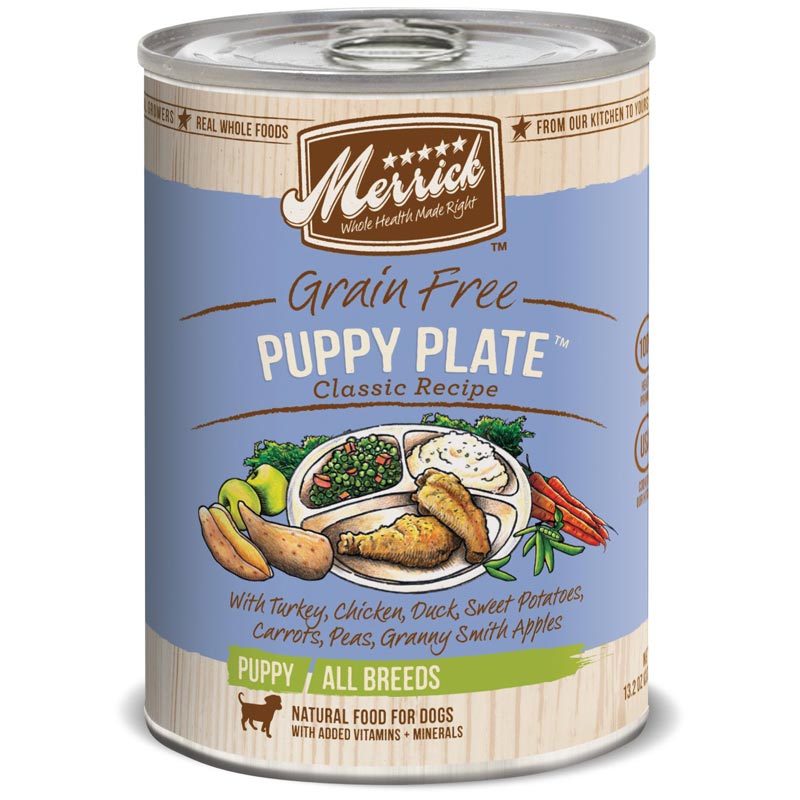
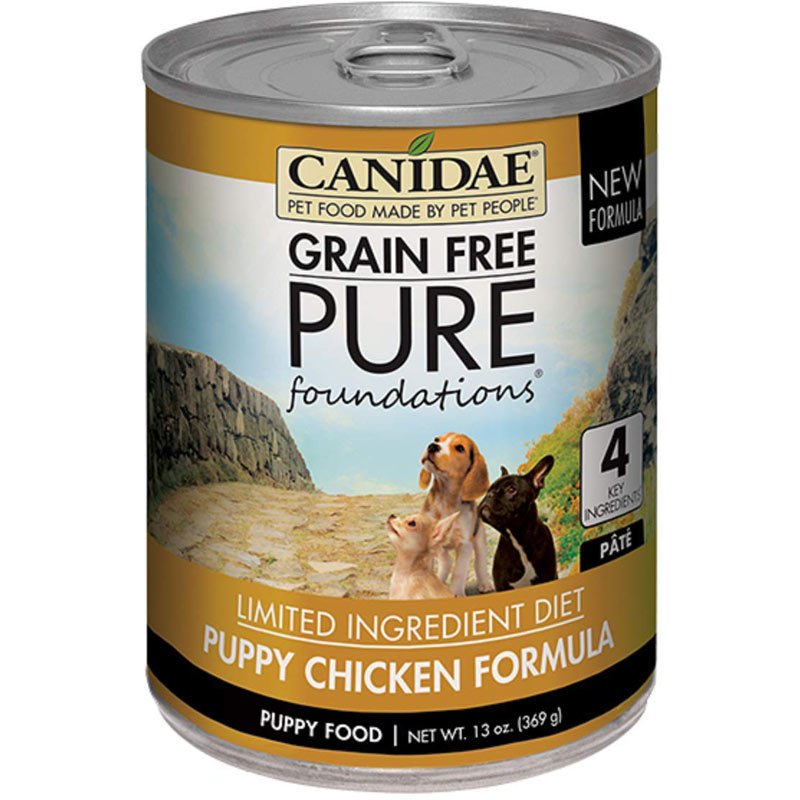
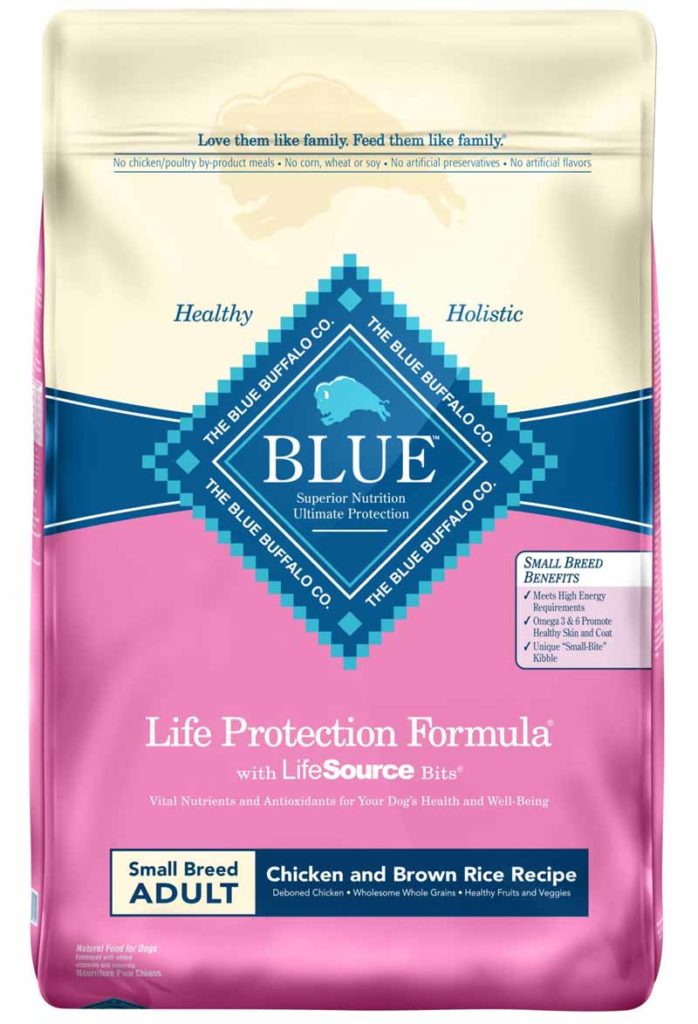
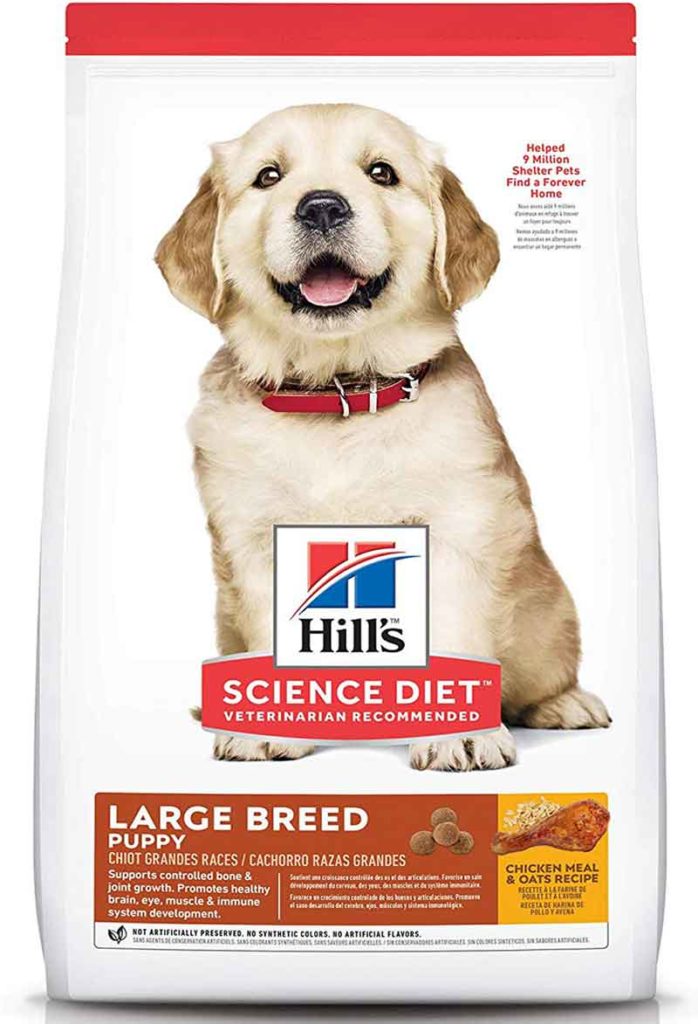
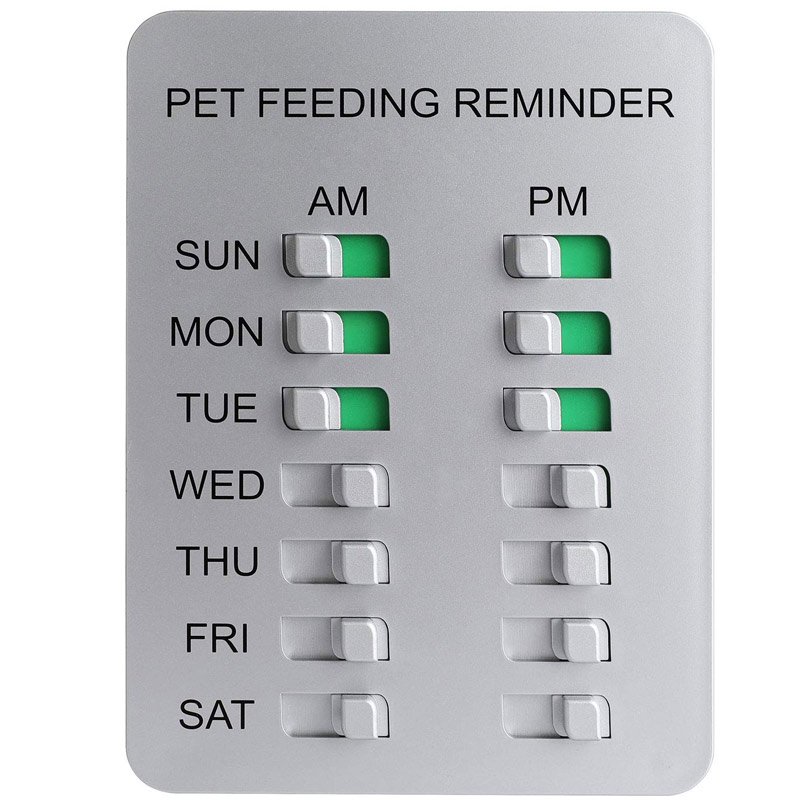

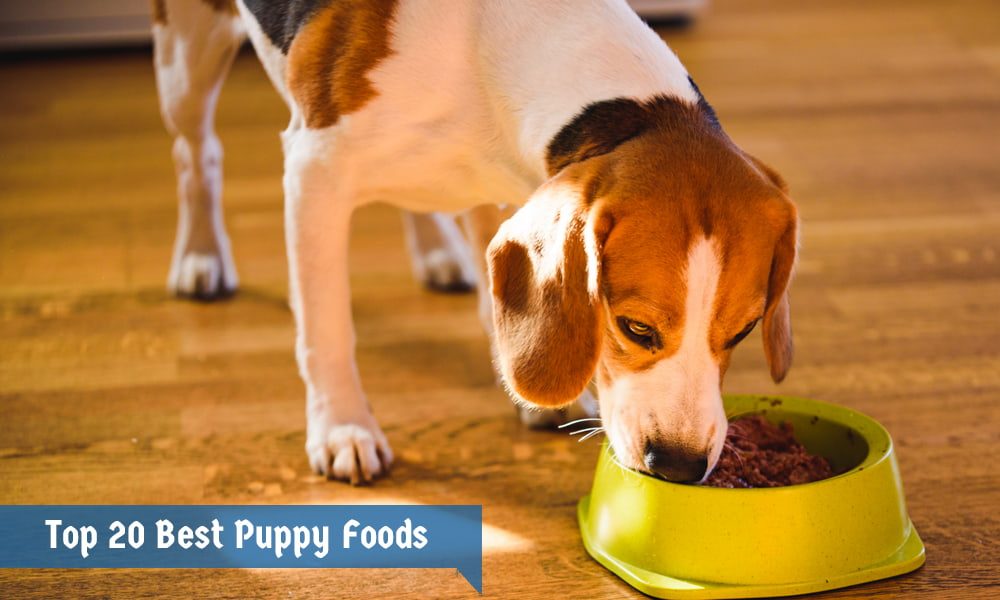
![[REVIEW 2021] Is Blue Buffalo Food A Good Choice For Your Pup?](https://mysweetpuppy.net/wp-content/uploads/2015/10/blue-buffalo-puppy-food-reviews-210x210.png)